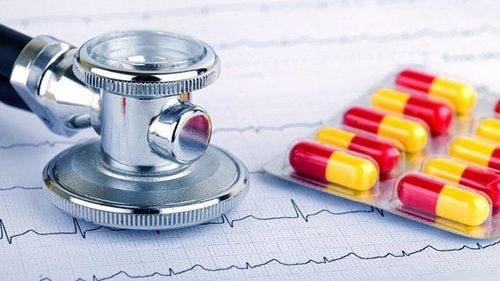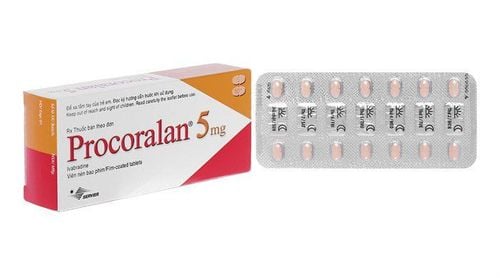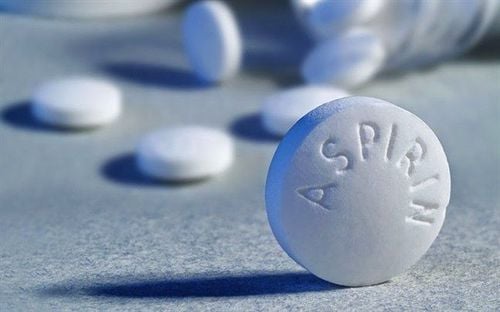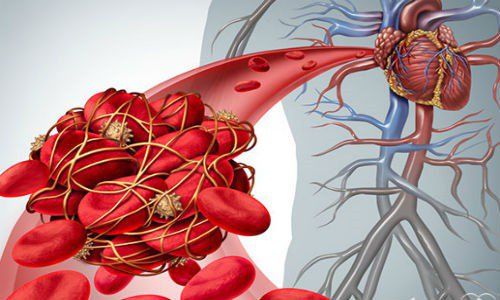This is an automatically translated article.
The article was professionally consulted by Doctor General Internal Medicine - Department of Examination & Internal Medicine - Vinmec Hai Phong International General Hospital.
Among cardiovascular diseases, coronary heart disease is the leading cause of death and tends to be younger. So what is coronary heart disease and how to recognize and detect it early?
1. What is coronary heart disease?
The beat of the heart is generated by the action of the heart muscle. The heart muscle, like every other organ in the body, also needs an oxygen-rich blood supply to function. The arterial system is responsible for transporting blood to the heart muscle.
Coronary heart disease (or coronary artery disease) occurs when the coronary arteries are narrowed or blocked due to various causes (usually atherosclerotic plaque). As a result, the coronary artery system cannot meet the myocardial oxygen demand. Usually when the coronary artery narrowing from 50% of the diameter of the lumen, the symptoms of the disease will be noticed.
2. Recognizing coronary artery disease
Angina is the most important manifestation of coronary heart disease. Patients with angina have a feeling that the heart is being squeezed, constricted, pressed, or sometimes a dull discomfort in the chest. The most common site of pain is behind the breastbone, mid-chest, or heart area. Signs of angina may appear locally or spread to the neck, jaw, shoulder, left arm. The pain usually only appears for a very short time, about 10-30 seconds or a few minutes. If the pain lasts more than 15 minutes, it is likely that the patient is having a heart attack.
Angina is of 2 types: stable angina and unstable angina. For stable angina, the cause is atherosclerotic plaque that narrows the coronary arteries. Symptoms of pain appear repeatedly during strenuous exercise but stabilize with rest.
Unstable angina is a more dangerous condition and if not treated in time can lead to a heart attack. To distinguish stable angina from unstable angina, we rely on the circumstances in which the angina occurs: at rest or with exertion. If the patient exerts himself to a certain extent before angina occurs, the condition is stable. On the other hand, if the pain is present even at rest, then this indicates instability and there is a risk that it will turn into a heart attack or sudden death.

To identify signs of angina, the doctor will order some necessary tests to see if this is coronary artery disease. Selected investigations include: Stress testing, Holter electrocardiogram, Doppler echocardiography, stress echocardiography; coronary tomography,...
3. What to do when you have angina?
First of all, the patient should immediately stop all strenuous activity and rest immediately. Next, use nitroglycerin oral or sublingual spray to promptly control the acuteness of the disease. Then, please bring to the hospital as soon as possible so that the doctor can diagnose and treat it in time. These are extremely important movements, decisive in helping to save the patient's life. Sometimes even a slight delay or a patient exertion can be life-threatening.
To treat coronary heart disease, doctors will first use medical treatment, that is, drug therapy, which aims to treat symptoms and prevent disease progression. Patients need to coordinate with non-pharmacological treatment to eliminate cardiovascular risk factors, including:
Quit smoking, no alcohol, stimulants Adhere to treatment for related diseases (diabetes) sugar, hypertension, dyslipidemia, obesity, etc.) Regular moderate exercise A reasonable diet, lots of green vegetables and fruits, avoiding animal fats and oils. If the prognosis is bad, the doctor must perform interventional or surgical treatment:
Angioplasty: A procedure that uses specialized instruments to dilate the narrowed coronary artery, helping blood flow back to normal. usually through the narrowed coronary artery without surgery. Bypass surgery: Using a segment of artery or vein, as a bridge from the blood supply across the coronary artery stenosis to the coronary artery is not narrowed; blood will continue to be transported to the heart muscle through a new bridge.
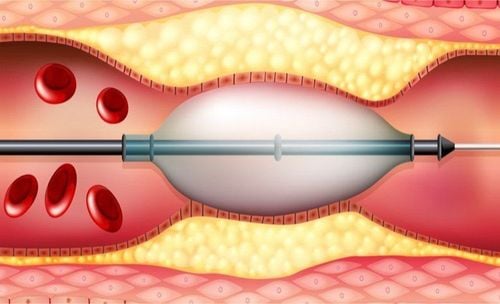
People with coronary heart disease often do not know they have the disease because the signs and progression of the disease are often slow and silent for decades. By the time it was discovered, the angina pectoris had come to a critical point or had a life-threatening myocardial infarction.
However, patients can now recognize the risk of coronary heart disease early when performing the Coronary Examination Package at Vinmec hospital. With a team of leading medical doctors, comprehensive and professional medical examination, consulting and treatment services, the Coronary Cardiovascular Examination Package has helped screen and detect many cases of coronary heart disease early.
For more information, please contact the hotlines of the hospitals or register for an online consultation with Vinmec HERE.
Please dial HOTLINE for more information or register for an appointment HERE. Download MyVinmec app to make appointments faster and to manage your bookings easily.




